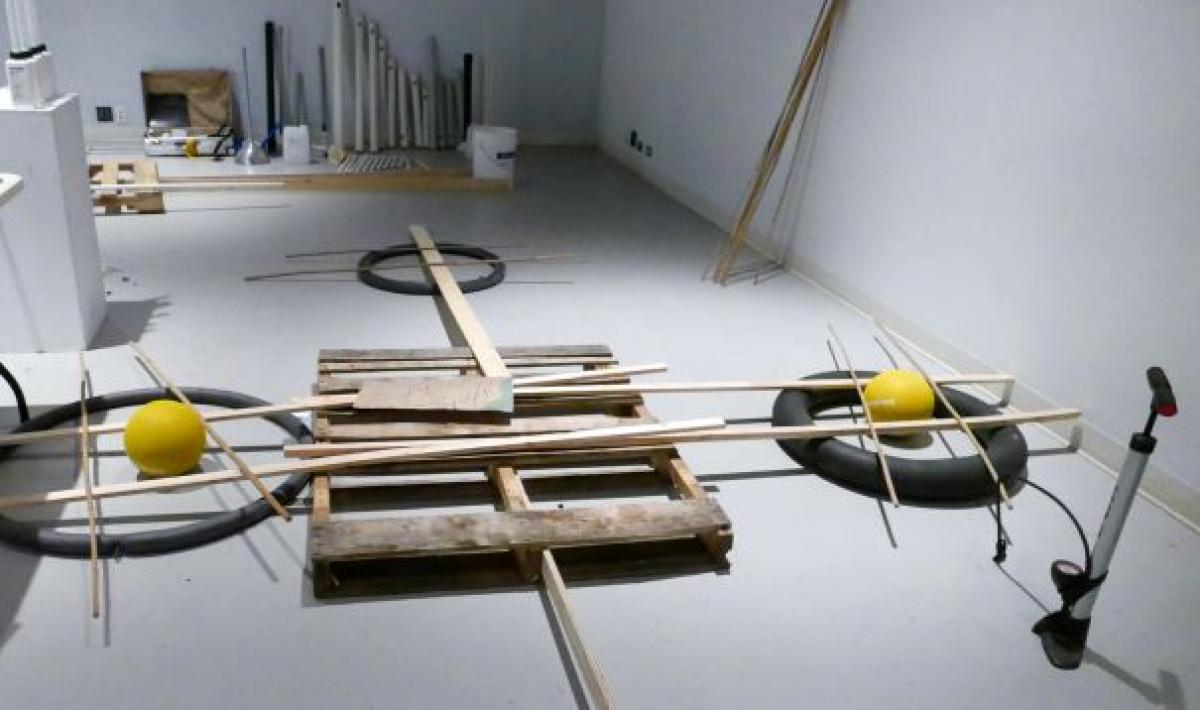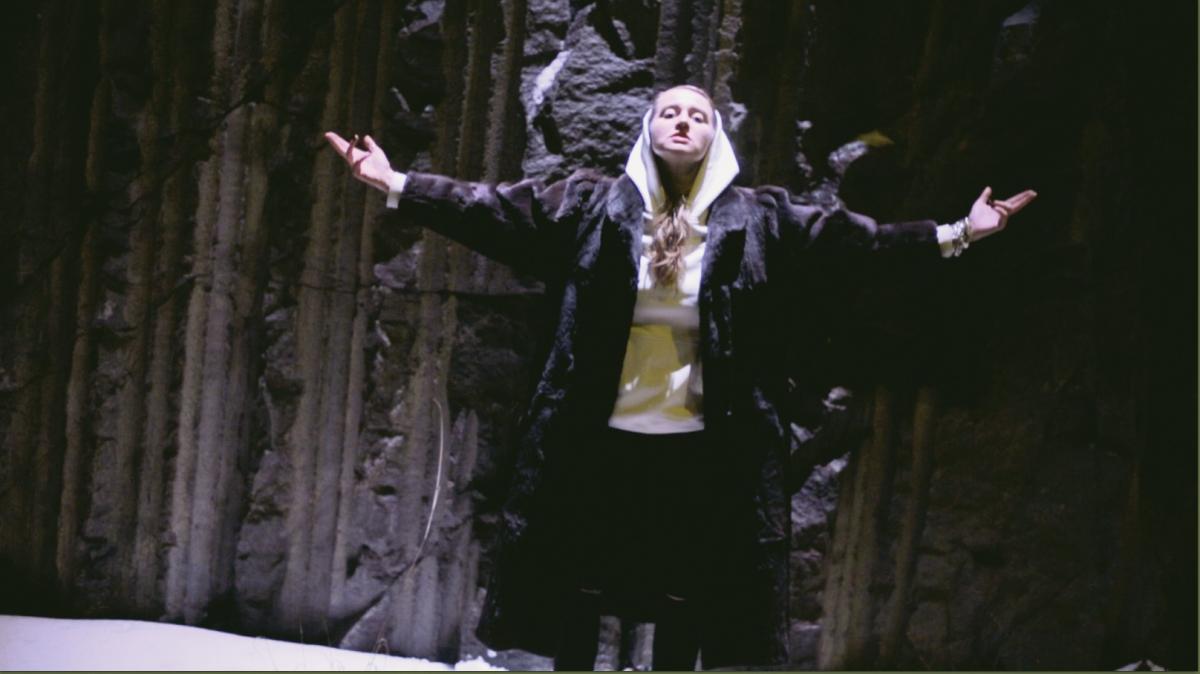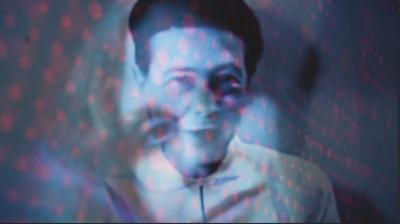
The Sound of Plastic
The sound artist Geert-Jan Hobijn combines sound art with political issues. His recent project Plastic Souls is a swimming instrument made entirely of plastic waste from the ocean. Its intriguing sound makes us aware of the alarming increase of plastic pollution worldwide.
In the 12th book of Homer’s Odyssey the world’s most famous vagabond on his way back to Ithaka has to pass the island of the sirens, a danger no other sailor was able to tackle before. The sirens living are strange creatures. They are not clearly described by Homer, but mythologically mirrored as half human half bird - and they are in charge of a powerful weapon to bring death and misery: their enchanting, seducing voices. Odysseus only succeeds to escape the power of the sirens by letting his men tie him to the mast.
It's this old story that sound artist Geert-Jan Hobijn brings up to describe his recent project Plastic Souls. The instrument he created takes the role of the siren and hopefully makes people more aware of the disturbing trend of plastic waste in oceans.
Geert-Jan Hobijn is the founder of the record label Staalplaat. Plastic Souls is a sound sculpture he first built in 2016. It was during a residency he spent in Il Porticello, Calabria, when he got the idea. «Plastic Souls was a result of an invitation to work in the south of Italy and at the coast. The Italian coast is full of plastic waste, and I always work with the local elements and sounds», Hobijn says. «I did not pick the material, the material picked me. Plastic was the main waste component of the beach».
Eight Million Tons of Plastic Trash
This is not only in Southern Italy. Plastic defines the Anthropocene. It is literally everywhere. 71% of our planet is made of water and sooner or later the indecomposable material arrives directly there: in the rivers and oceans. Recently another floating mass of microscopic plastic bigger than Mexico has been discovered in the South Pacific.
Over eight million tons of plastic trash find their way into the sea every year. Plastic bags, plastic bottles and microplastics. What makes this pollution so fatal is the same that gave plastic initially a promising image: its endless durability. In 1957 the french philosopher Roland Barthes praised plastic in his essay «Mythologies» as magical because of its transformability and adaptability to prosaicness. This fascination with the material was shared by others, such as Andy Warhol, summarized in his quote «I want to be plastic». Nowadays the same aspects that Barthes and Warhol applauded cause the unsolvable drama: pollution of the oceans, suffering of sea dwellers and marine birds, and damage to the human body.
Hobijn’s answer is the one of a sound artist. In Il Porticello he collected plastic bottles at the beach, tied them together as raft like instruments equipped with pieces of PVC tubes as flutes. «The core idea of Plastic Souls is the sonification of the plastic waste that floats in the water and is washed upon the beaches», Hobijn explains. What you can actually hear when you put the sculpture in the sea, however, is not the sound of the plastic. It is only the transmitter. «The instrument generates music by using the wave of the water as a pump, to pump air through the flutes». The waves of the sea act as the musician, by building flutes of different sizes and putting them together in different structures.
Form Follows Function
The sound is otherworldly. It is a spherical howling, it is droning, wailing, rushing, whistling, ringing, depending on wind and weather. If you know what the instrument is made of, the sound gets a further dimension: it can be perceived as an elegy on the pollution sung by the ocean itself. Or like researcher Heather Davis puts it in her text on the project «When the Soul of the Earth is Made of Plastic»: «That also speaks to something beyond: a world after humans. The image and sound of the raft floating alone in the ocean offers a vision of a future that is already here».
What remains to the audience is the task to decipher it. Hobijn keeps his mission modest: «All I can do is raise the subject. I do not pretend to save the planet, but hate the fact the problem is ignored». With regard to being one of the artists who creates a pure aestheticization of serious environmental problems, he claims: Making beautiful objects is never my intention. I identify much more with science in terms of conducting research». The focus was how to sonify waste, how to use wave power. The fascination of this project is more to make a transparent work how waste is transformed into a musical instrument. Form follows function. In 2018 Hobijn will bring Plastic Souls to Labverde, a program in the Amazon rainforest aiming to explore the connection between science, art and the natural environment.
Biography
Published on August 23, 2017
Last updated on May 01, 2024
Topic
From instruments made of plastic waste of the ocean to questions about a futurist naturalism which embraces technology for aesthetic emancipation.


